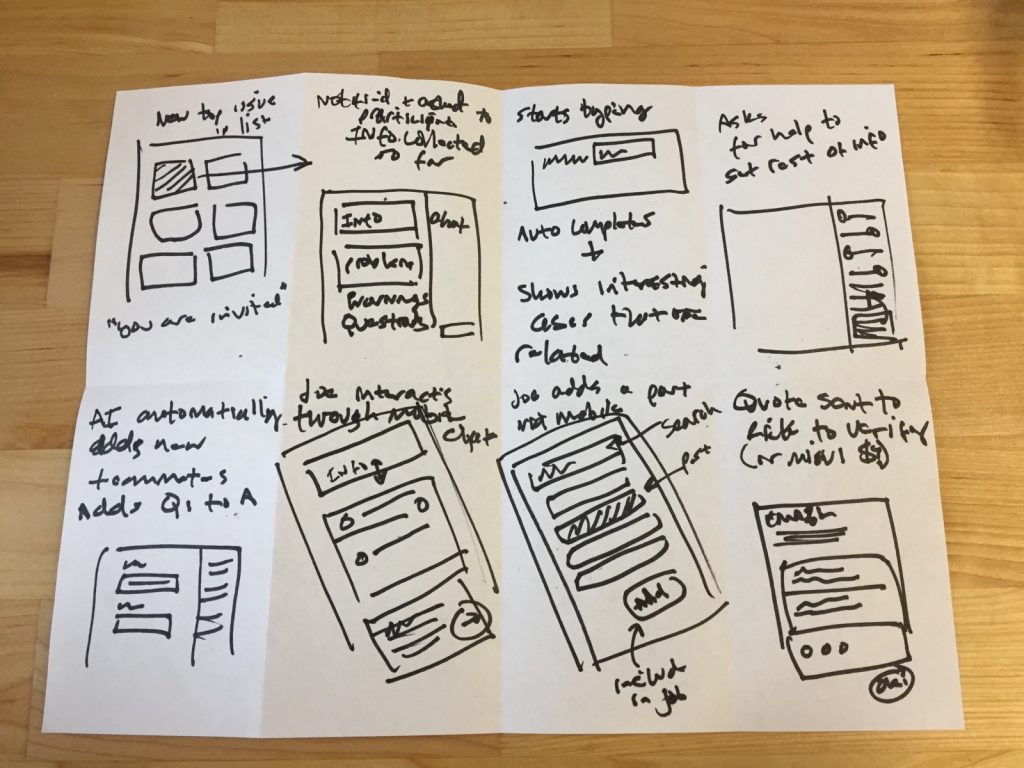UX is one of the most exciting industries to participate in right now. It's a discipline that draws from psychology, visual design, and engineering in the service of creating products that users love.
In UX, you are expected to draw and write by hand often. You create storyboards, sketch interfaces, and present most of your concepts visually. The drawings themselves often don't need to be more complex than simple stick figures. Like all things UX, the value of the drawing is in the ability to connect and convey information, not its beauty.

As someone with dysgraphia, I was encouraged by the fact that I didn't need to create works of art in order to get by in UX. I saw it as a great opportunity to get better at a skill I've always admired but never mastered. While I knew that improving my handwriting and drawings would be difficult, I saw it as a worthwhile challenge and a way to expand my creative abilities. I began sketching and writing by hand every day. And there's no question that I managed to improve.
A similar
In trying to find role-models within the industry, I did manage to find examples of successful UX designers with bad handwriting. But they could always write fast. Still, the example set by my sloppy handed peers did give me some encouragement and had I persisted I do think I could have ultimately made it work. For those of you who may be in a similar situation, do not be discouraged. The truth is, the reason I decided to leave UX isn't because of the dysgraphia but something a bit more fundamental.
I eventually came to realize that trying to think spacially/visually all day was just not satisfying for me. Just imagining the layout of multiple interfaces, let alone getting them down on paper, was exhausting. I liked describing layouts in words much more than I did envisioning and rendering them. UX designers know that writing is an essential part of the discipline, but not the primary part. If communicating visually all day every day does not come naturally to you, you are likely to struggle in the field. This is different from how skillful you are at drawing, it's about how you think.
The inflection point came as I was working on redesigning the Karma Sauce website. While I'm proud of all the work I did for Karma Sauce, the instances where I received the most positive feedback was whenever I had to write copy for the site. These were also the moments when I felt most creatively at home. It wasn't long after that I made the decision to transition to digital and content marketing. Ironically, moving to a writing field will completely eliminate the obstacles that arise from dysgraphia, which is a nice bonus.
I'm very excited about this new trajectory, and I have no doubt that the skills I've learned in UX will be helpful in crafting digital marketing experiences.


No comments.